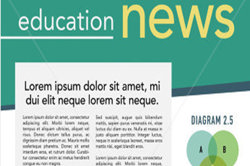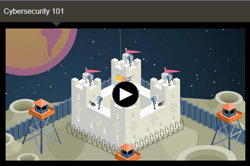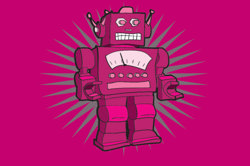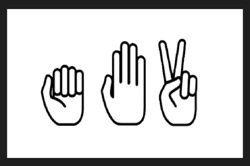Networking with the micro:bit
This downloadable free book presents a series of activities to teach the basics of computer networks. While you may not learn all aspects of computer networking, these activities provide a useful selection and serve as a good starting point to cater for your student's needs, skill and knowledge. Each chapter presents interesting challenges in radio communications and networking with micro:bits and finishes off with a game.
Additional details
| Year band(s) | 7-8 |
|---|---|
| Content type | Lesson ideas |
| Format | Document |
| Core and overarching concepts | Digital systems |
| Australian Curriculum Digital Technologies code(s) |
AC9TDI8K02
Investigate how data is transmitted and secured in wired and wireless networks including the internet |
| Keywords | Networks, Digital systems, BBC Microbit, Micro:bit, Sending messages, Radio waves, Bluetooth |
| Organisation | Micro:bit |
| Copyright | Nominet 2017. Creative Commons BY-SA 4.0. |
Related resources
-

Home/School communications
In this lesson sequence, students use big data sets and school surveys, to design (and as an extension activity, make) a new digital communication solution for the school.
-

Home automation: General purpose programming
Investigate home automation systems, including those powered by artificial intelligence (AI) with speech recognition capability.
-

NovaLab: Cyber security
These cyber security short animated videos each have a quick quiz to complete. The videos cover a basic intro into cyber security, hacking and privacy, cyber codes and there is a game too for students to apply their understandings.
-

How to build an integrated STEM lesson using Minecraft
This sample STEM activity, demonstrates an approach to developing cognitive skills used when students solve a problem using Minecraft to design and build a sustainable house.
-

Artificial intelligence…but where is the intelligence?
Use these activity ideas to explore issues related to AI including what is artificial intelligence, learning from mistakes, and how the brain actually works.
-

Rock, Paper, Scissors AI!
In this lesson we use the game rock, paper scissors to investigate how an AI can recognise your hand gestures.
-

Data bias in AI
Artificial intelligence can sometimes be biased to certain shapes or colours.
